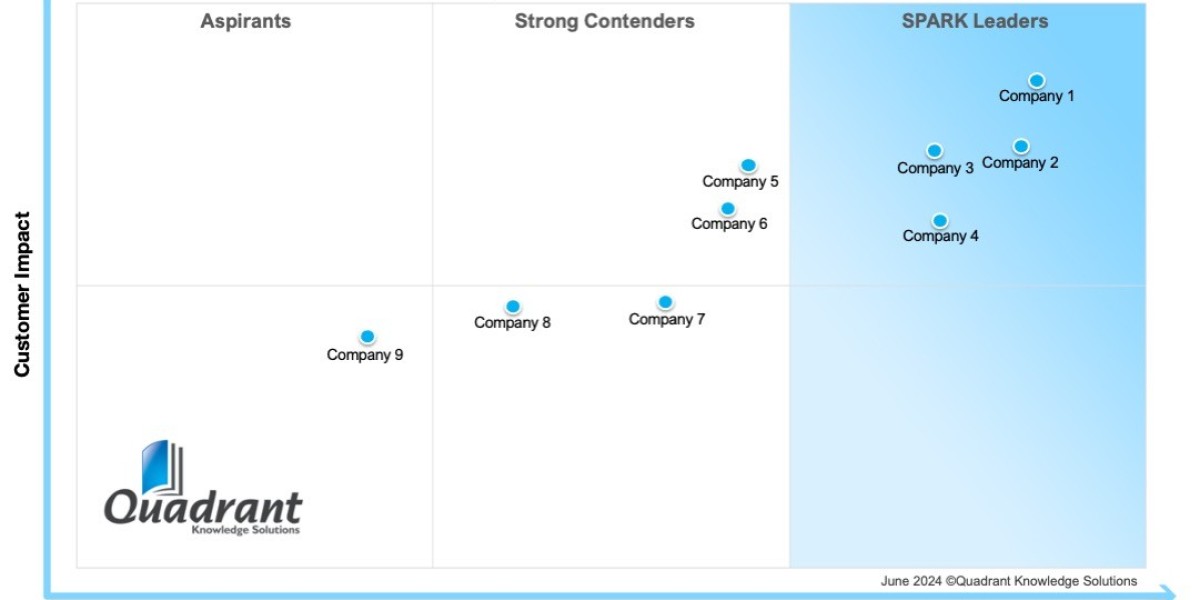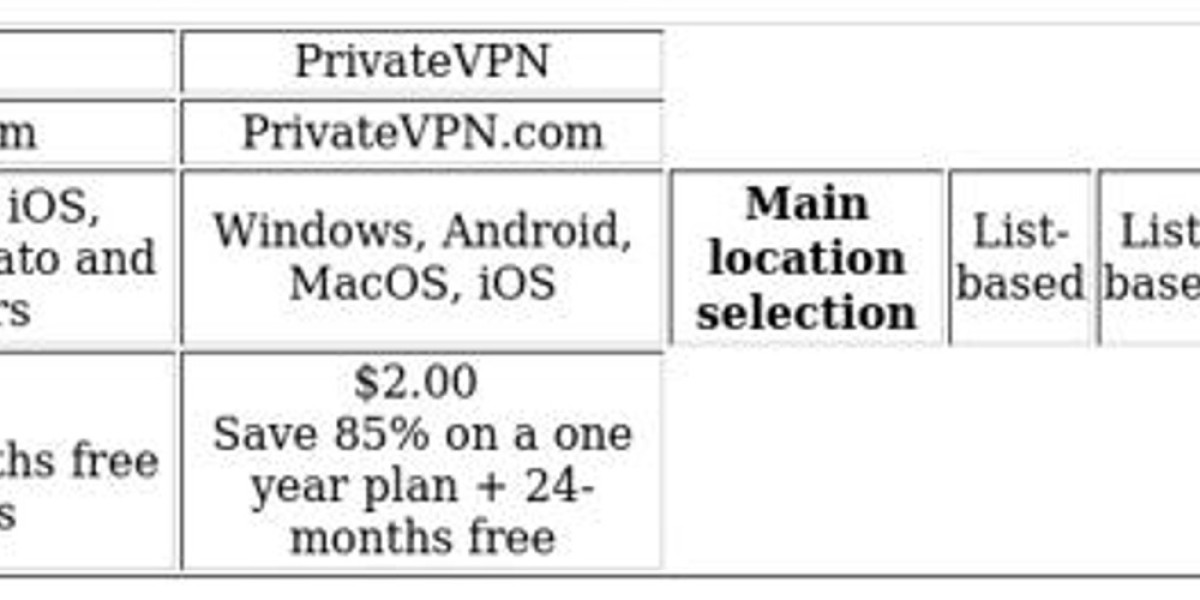In today’s data-driven world, businesses are flooded with information from countless sources—websites, mobile apps, social media, email campaigns, and in-store interactions. While data is abundant, extracting meaningful insights that improve customer engagement and drive revenue growth is often a challenge. This is where an Analytics Customer Data Platform (CDP) comes into play. By integrating, analyzing, and activating customer data, Analytics CDPs empower businesses to deliver personalized experiences and make data-backed decisions.
What Is an Analytics Customer Data Platform?
An Analytics Customer Data Platform is a centralized system designed to unify customer data across multiple channels, resolve identities, and provide in-depth analytics. Unlike traditional data warehouses or marketing automation systems, Analytics CDPs are built specifically to handle customer-centric data and deliver actionable insights in real time.
These platforms serve as the foundation for customer engagement strategies, ensuring businesses understand not just who their customers are, but also how they behave, what they prefer, and when they are most likely to act.
Key Capabilities of an Analytics Customer Data Platform
1. Real-Time Data Integration
One of the standout features of an Analytics CDP is its ability to gather and integrate customer data from diverse sources in real time. Whether it’s transactional data from e-commerce platforms, behavioral data from websites, or contextual insights from mobile apps, the platform unifies everything seamlessly. This ensures businesses have up-to-date customer profiles and can act instantly on new information.
2. Identity Resolution and Profile Unification
Customers interact with brands through multiple touchpoints—social media, email, mobile, and offline channels. An Analytics CDP uses identity resolution to merge these interactions into a single, comprehensive customer profile. This eliminates fragmented data silos and ensures marketing and sales teams work with accurate, unified information.
3. Advanced Customer Segmentation
Segmentation is crucial for creating targeted campaigns. Analytics CDPs enable businesses to segment customers based on demographics, behavior, purchase history, and engagement levels. For example, businesses can identify high-value customers for loyalty rewards or re-engage dormant customers with personalized offers.
4. Customer Journey Mapping
By analyzing behavioral patterns, Analytics CDPs provide detailed customer journey insights. Behavioral graphs and analytics track how customers move from awareness to purchase and beyond. These insights help businesses identify drop-off points, optimize touchpoints, and enhance the overall customer experience.
5. Trend and Pattern Discovery
With advanced analytics, businesses can uncover emerging trends and patterns in customer behavior. For instance, identifying products often purchased together or detecting seasonal buying patterns enables smarter decision-making in product recommendations, inventory planning, and campaign design.
6. Reporting and Visualization Tools
Analytics CDPs come equipped with powerful reporting features and customizable dashboards. Businesses can track KPIs such as customer lifetime value (CLV), conversion rates, and engagement metrics in real time. These insights support data-driven strategies and help leadership teams make informed decisions.
Benefits of Using an Analytics Customer Data Platform
- Personalized Experiences: With unified profiles and segmentation, businesses can deliver highly personalized campaigns that resonate with customers.
- Increased Efficiency: Automated data integration and reporting save time and reduce errors.
- Better ROI on Marketing: By targeting the right audience with the right message, marketing campaigns yield higher engagement and conversions.
- Data Transparency and Accuracy: Identity resolution ensures customer data is accurate and trustworthy.
- Scalability: As businesses grow, CDPs can scale to handle increasing amounts of data and support expanding customer bases.
Applications Across Industries
- Retail: Enhance personalization, improve customer loyalty, and optimize promotions.
- Finance: Gain a 360-degree view of customer behavior for risk management and tailored financial products.
- Healthcare: Improve patient engagement through unified profiles and predictive analytics.
- Travel & Hospitality: Deliver seamless, personalized experiences across booking platforms and on-site interactions.
The Future of Analytics Customer Data Platforms
As businesses continue to prioritize customer-centric strategies, the role of Analytics CDPs will only grow. Integration with AI and machine learning will add predictive capabilities, enabling businesses to anticipate customer needs before they even arise. Additionally, stronger compliance and data privacy measures will ensure that customer trust is maintained while delivering superior experiences.
Conclusion
An Analytics Customer Data Platform is more than just a data management tool—it’s a strategic enabler for businesses looking to thrive in the digital age. By unifying, analyzing, and activating customer data, these platforms empower organizations to make smarter decisions, deliver personalized experiences, and achieve long-term growth.
In an era where customer expectations are higher than ever, investing in an Analytics CDP is not just beneficial—it’s essential.







